Book Review: Waiting for the Night Song
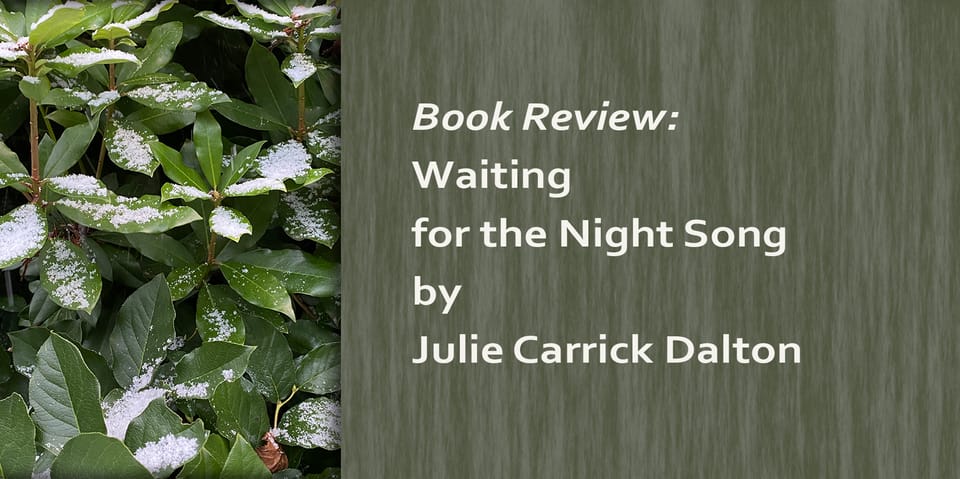
It’s a murder mystery with a climate change theme. That’s what caught my attention when I saw Waiting for the Night Song by Julie Carrick Dalton. I’ve been looking for a novel to review, and I hoped this one would grab me. It did. I found it very readable and fast-paced. The tension from the mystery, a long-buried body being discovered in the woods, keeps the plot flowing. As someone who fought forest fires long ago, I found the fire scenes not totally convincing, but the average reader will get caught up in the excitement and not notice. There is plenty in this book to keep the pages turning.
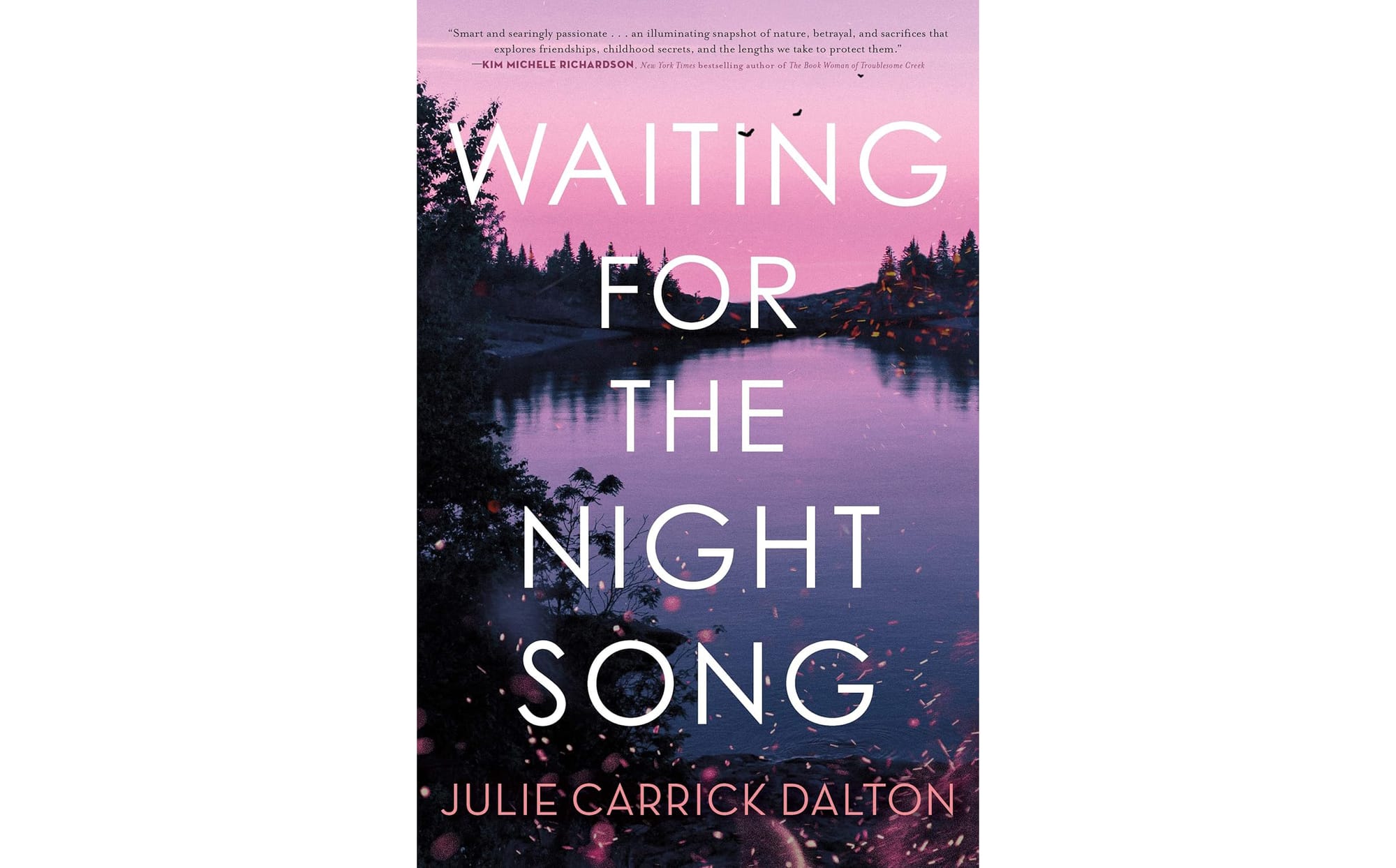
One of the biggest delights in this book is the author’s skill with words, especially the description of the New Hampshire woods, painting a vivid picture of this idyllic setting and the main character's connection to it. Dalton uses imagery well, and I liked how she extended that talent to the struggle the protagonist, Cadie, experiences in her quest to resolve the guilt she's buried since childhood. Describing internal emotions is always a challenge for writers, but Dalton succeeds as she explores Cadie’s longings and anxieties while trying to reestablish her relationship with her long-lost best friend, Daniela. There is a lot of heart in this story, and I like stories with heart.
What I want to talk about briefly are two questions I was left with after finishing the book. The first is about research. Dalton references research in her story since the main character is an entomologist studying the spread of bark beetles into the Northeastern United States because of climate change. I know about bark beetles because this insect has decimated large swaths of the forests in the West where I have lived. Climate change is exacerbating drought in the West, which makes these forests more susceptible to beetle attack, killing the pines and fir, leaving them prone to fueling extreme fires.

I was very interested in the premise that the beetles are spreading and are now creating fire hazards in New Hampshire as well, but I wasn’t sure if this was futuristic or present day. As I tried to find more information on the web, I wished there had been some back matter in the book to guide me. And so, my first question is:
Should climate fiction include back matter for readers who want to know more, or isn’t this necessary for a fiction story?
My second question is whether climate fiction has a duty to suggest climate solutions, even small ones, within the action and plot. At times I was bothered that this entomologist, who was so concerned about climate change, didn’t seem to be making choices that would reflect that. What kind of car did she drive? I don’t know. Did she eat organic food or try in any way to shop sustainably? I have no idea. Was she thinking of solutions to climate change beyond warning everyone about the potential for fire disaster? It didn’t come through in the novel at all. To me it seems out of character that someone so concerned would not even be making a few lifestyle choices to help solve a problem that is the focus of her life’s work. So, my second question is:
Is it enough to just raise the issue of climate change or should climate fiction also incorporate, even through minor details, choices that model solutions?
For the second question, my inclination is to say yes, solutions need to be part of the story. It doesn’t have to be heavy-handed. In my own climate fiction mystery, my main character buys an e-bike. It’s a minor part of the story, not very significant to the plot, but it’s modeling a choice that can be made by readers if it suits their ability and needs.
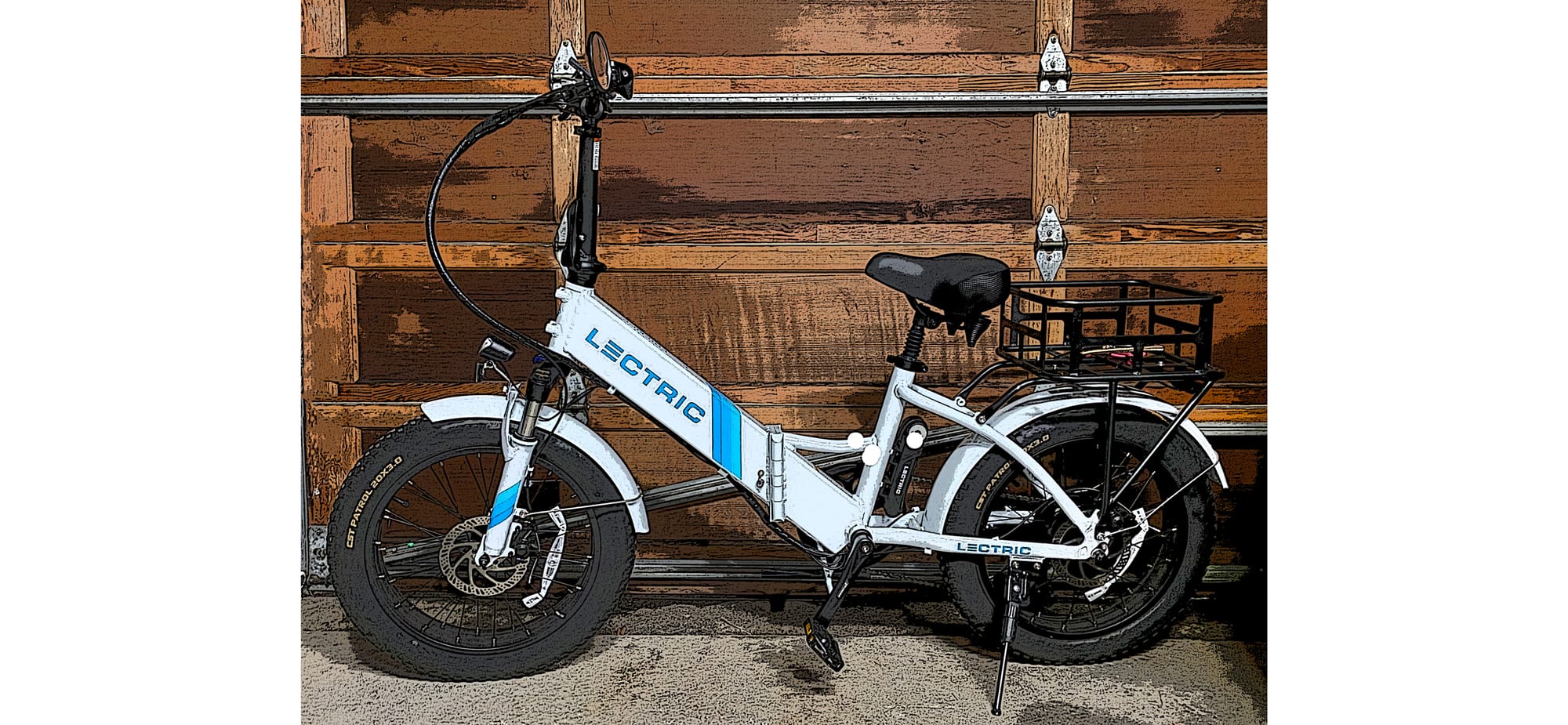
Concerning the first question about research, I am torn. Perhaps it might work for authors to include links on a web page about their books instead of in the book itself. Climate fiction is already susceptible to the criticism that it is preachy, and back matter is commonplace for nonfiction, but not for fiction. Would adding back matter rile the critics? Each author must decide, but I can only say that this reader would appreciate back matter.
Both questions raise the major issue with climate fiction—that of audience. What type of audience should a climate fiction author aim for? It comes down to this:
Can climate fiction be accepted by the mainstream reader, or will it only work for those who are already invested in climate issues?
Here is my answer:
The more climate fiction that is written, the more climate fiction that is read, the more it will move into the mainstream.
In the meantime, climate fiction novelists just need to write the stories in their hearts and keep offering them up. That’s my plan.
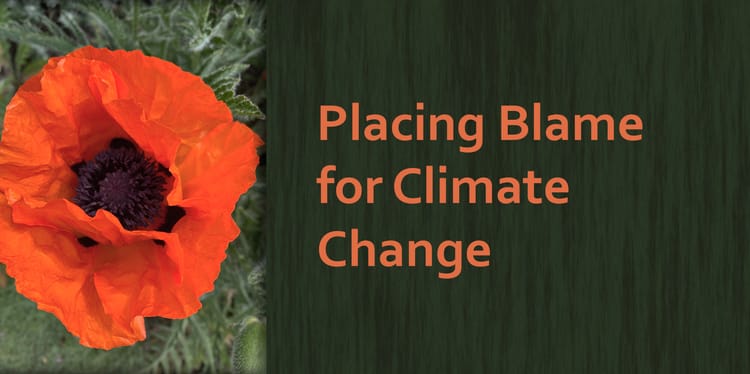
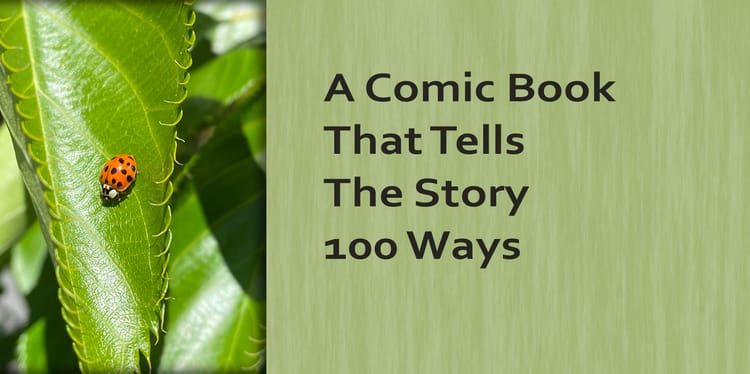

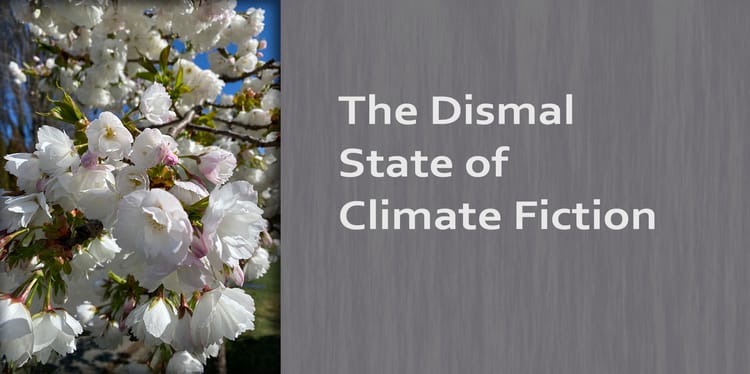

Member discussion